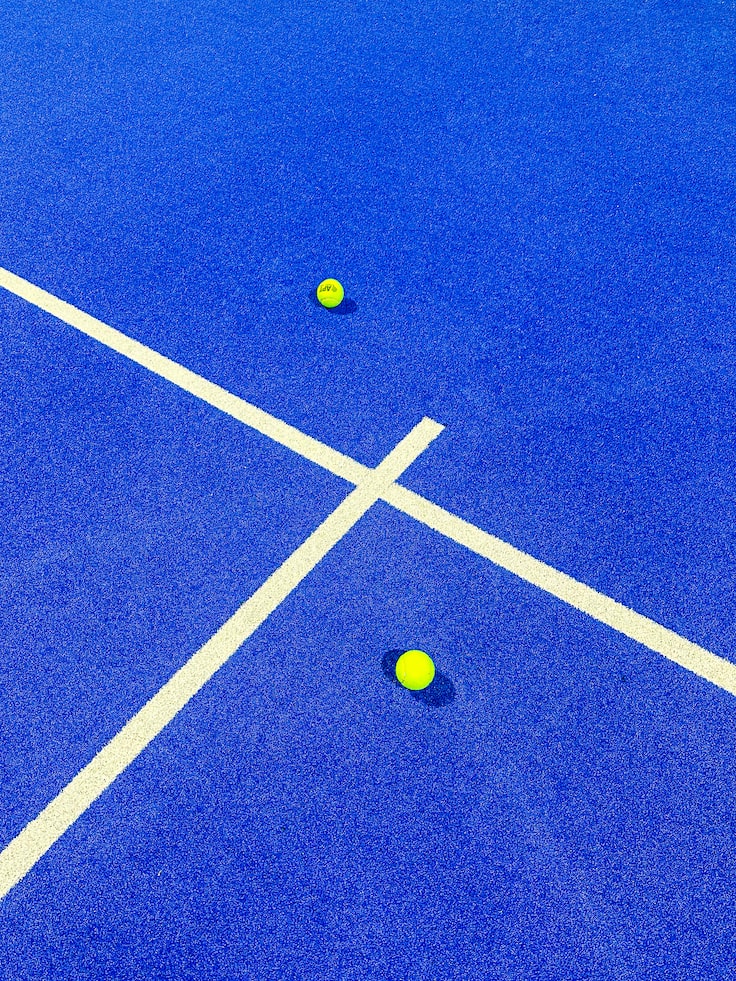Understanding Padel: Unraveling the Official Rules of the Game
3 min read
Understanding Padel: Unraveling the Official Rules of the Game
Introduction
Welcome, fellow padel enthusiasts! Today, we embark on a journey to demystify the official rules of this exhilarating sport. Whether you are a seasoned player or a newbie in the padel world, knowing the rules is crucial to your success on the court. So, let’s dive in and unravel the secrets of padel together!
What are the Official Padel Rules?
“What are the official padel rules?” you might wonder. Fear not, dear readers, for we shall reveal these rules to you in all their glory. Padel, a delightful blend of tennis and squash, has its unique set of regulations that govern every match. Let’s explore some of the most crucial ones below:
1. The Court
A padel court is an enclosed space, identical to a tennis court but smaller. It is 10 meters wide, 20 meters long, and surrounded by a glass wall on three sides. The fourth side features a wire-mesh fence that allows the ball to be played off its surface. The court is split into two halves by a net, measuring 10 meters in length. The net stands at a height of 88 centimeters, making it slightly lower than a tennis net.
2. Scoring
Scoring in padel is straightforward and resembles tennis. Matches are typically played as the best of three sets, with each set being the first to reach 6 games. However, a team must win by a margin of at least two games. In case of a 6-6 tie, a tiebreaker is played. The tiebreaker is a game to 7 points, with the same two-point margin rule applying. If necessary, a third set may be played as a super tiebreaker.
3. Service
The server must place the ball in an underhand manner, hitting it below waist height. The ball must be hit diagonally into the opponent’s service box, which is the same box that would be used in a singles tennis match. The serve in padel is strikingly different, as it must be hit with an “effect,” making it bounce inside the opponent’s service box upon landing. This restriction adds an exciting twist to the game, demanding strategic play right from the start.
4. The “Let” Rule
Similar to squash, padel has a “let” rule. If the ball hits any part of the net on a serve and still lands within the opponent’s service box, the server gets a second chance. However, if the ball fails to clear the net on the second attempt, the server loses the point. In doubles matches, a let is also called if the ball hits the side walls but still remains within bounds.
5. Playing the Ball
Players can hit the ball after it has bounced once, allowing for some surprisingly creative shots. You’ll witness crafty tricks like smashes off the glass walls or well-placed lobs to confuse opponents. Moreover, players need to be mindful of their shots as the ball cannot hit the mesh or glass before bouncing. If it does, the opposing team wins the rally.
Become a Padal Maestro!
Now that we have uncovered the official padel rules, it’s time to put them into practice. Grab your padel racket, gather your friends, and hit the court with newfound confidence. Mastering these rules will undoubtedly elevate your game and open up a world of exciting possibilities.
Remember, padel is a captivating sport that brings people together, combining athleticism, strategy, and endless fun. So, embrace the challenge, embrace the playfulness, and most importantly, embrace the joy of padel!
Thank you for joining us on this journey to unravel the mysteries of padel. Stay tuned for more padel-related insights and tips, and until next time, keep swinging those rackets!






